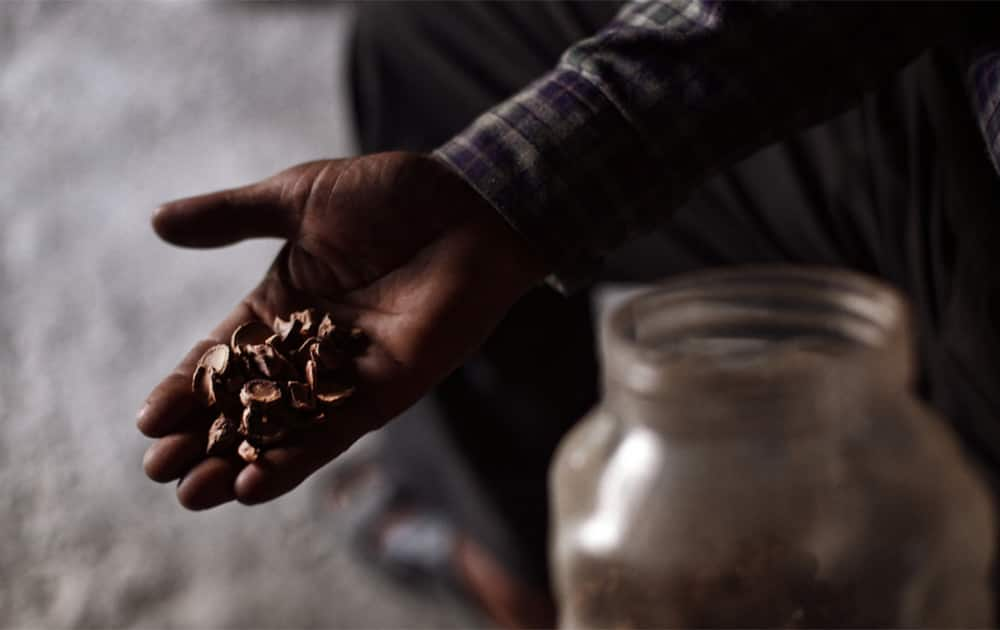World Environment Day 2014: Conserving Medicinal Plants, Protecting Traditional Knowledge
1/8
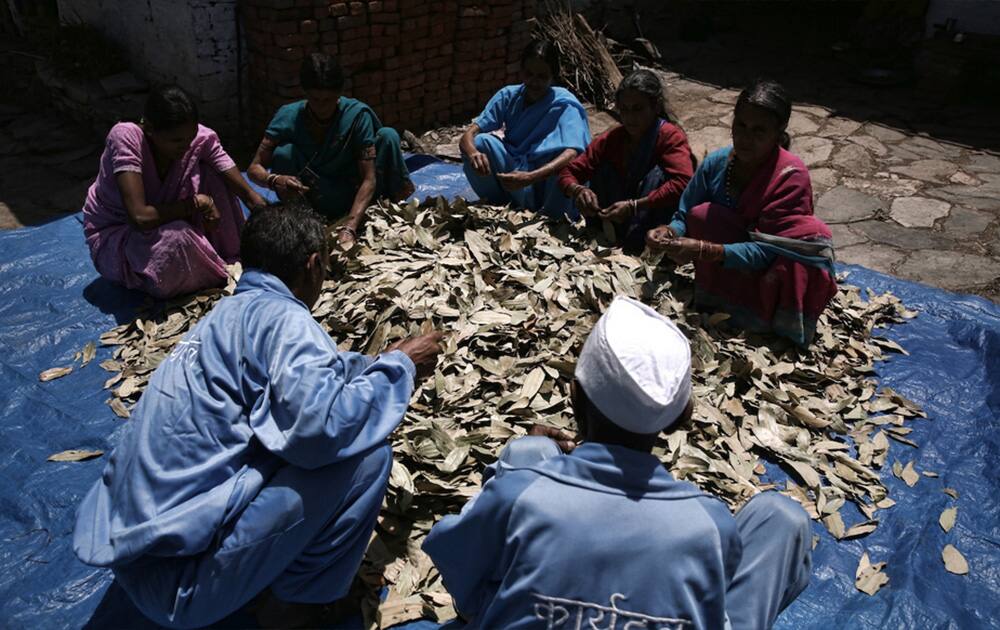
2/8
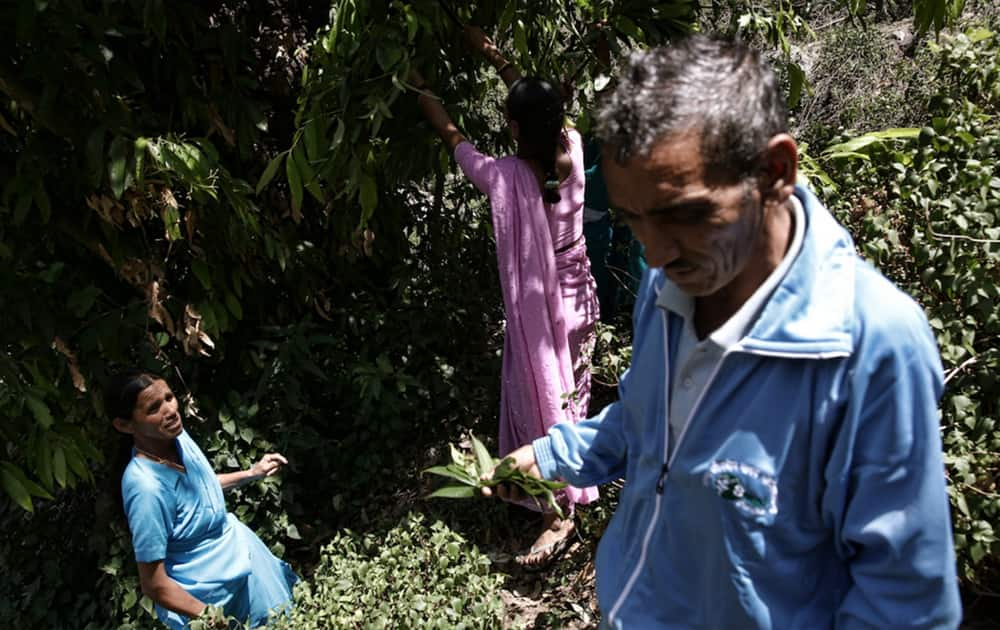
3/8
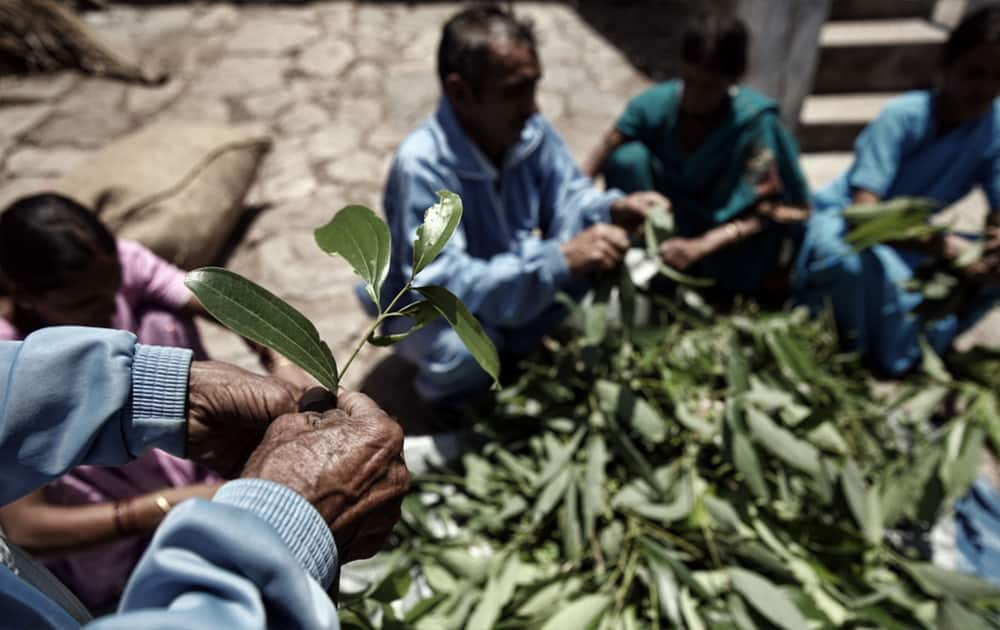
For people in Bodmallah village, a project site in Uttarakhand, life is turning over a new leaf. Villagers are receiving training on sustainable harvesting, drying, grading, packing and storing tejpatta (Indian bay leaf), a locally-grown leaf, known for its myriad culinary and medicinal properties. Pic Courtesy- UNDP
4/8
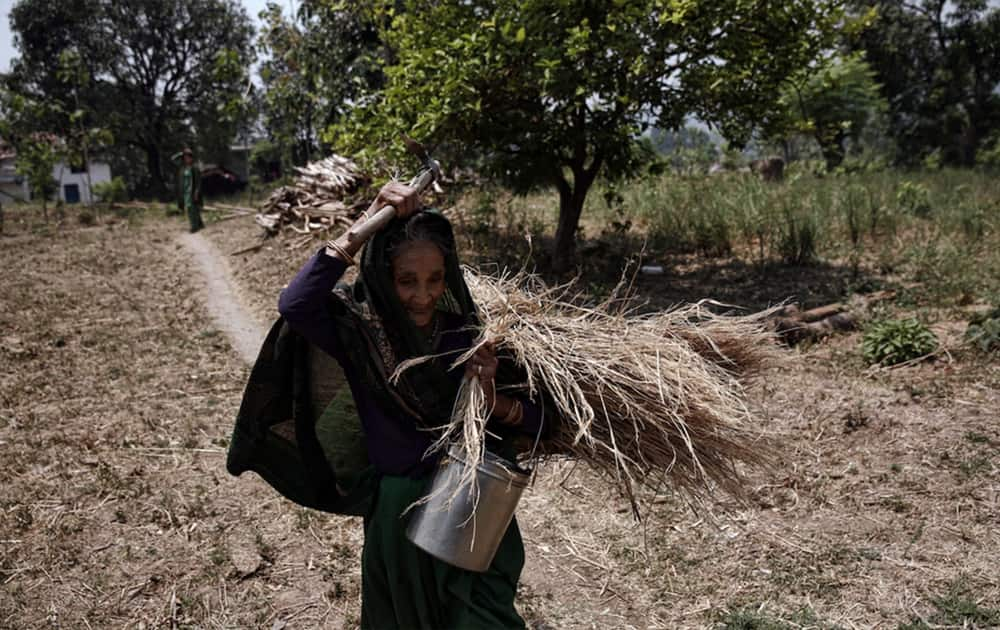
Collection and processing of medicinal plants provides 35 million workdays annually to the poor. However, rising demand and destructive harvesting practices are not only threatening the survival of many species, but also the livelihood of the people who depend upon the produce. An estimated 316 species in India are under threat of extinction. Pic Courtesy- UNDP
5/8

6/8
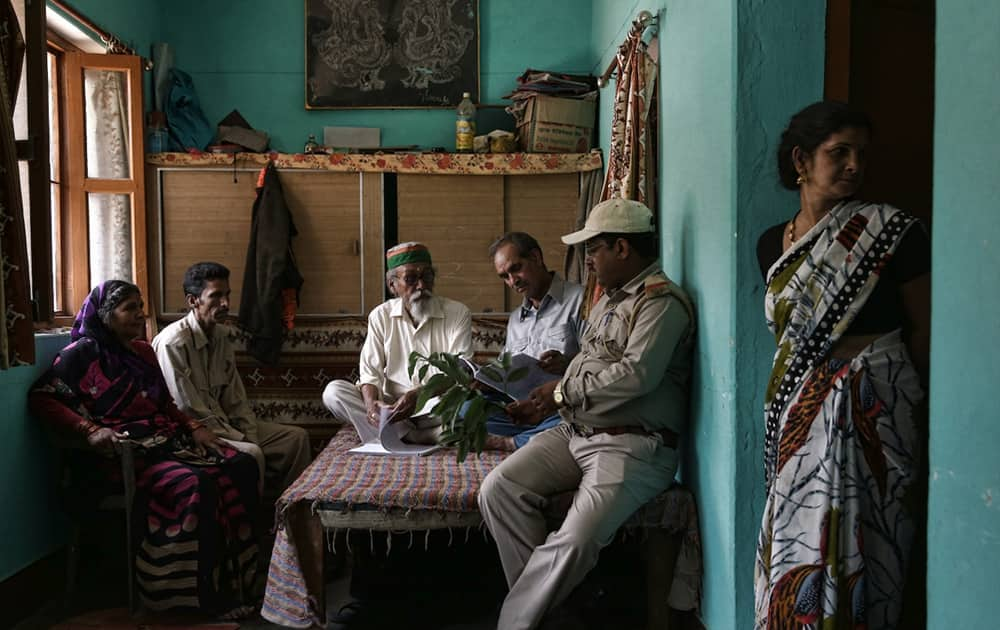
7/8

8/8
